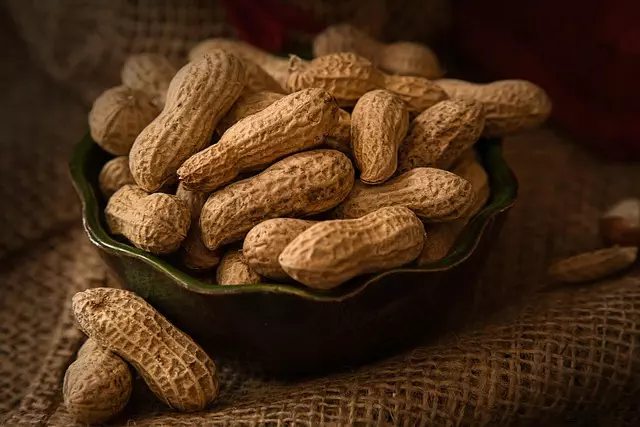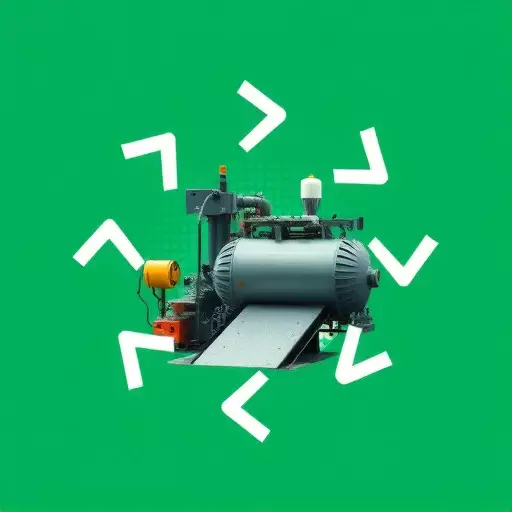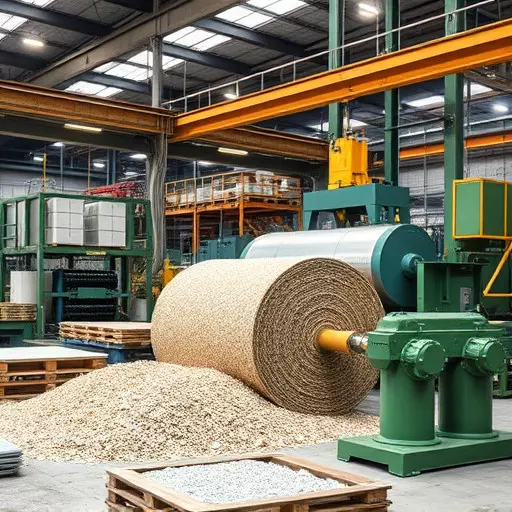Environmental Impact Assessments (EIAs) are crucial for Toledo's commitment to sustainable material processing, guiding informed decisions that minimize environmental and health impacts. This focus on eco-friendly manufacturing within the circular economy transforms traditional practices by promoting recycling, reusing, and repurposing, reducing waste, and preserving resources. Through innovative solutions, Toledo aims to revolutionize its industrial landscape, attracting environmentally conscious consumers and businesses, and fostering a closed-loop system that supports local economic growth.
Environmental Impact Assessment (EIA) is a critical process that evaluates potential effects of proposed projects on ecosystems and human health. This comprehensive guide explores three key aspects of minimizing ecological damage: understanding EIA, adopting eco-friendly manufacturing practices in Toledo through sustainable material processing, and embracing the circular economy model. By integrating these strategies, industries can significantly reduce their environmental footprint, contributing to a greener future.
- Understanding Environmental Impact Assessment (EIA): A Comprehensive Look
- Integrating Sustainable Material Processing in Toledo: Eco-Friendly Manufacturing Practices
- The Circular Economy Model: A Pathway to Minimizing Environmental Footprint
Understanding Environmental Impact Assessment (EIA): A Comprehensive Look
Environmental Impact Assessment (EIA) is a critical process that evaluates the potential effects of proposed projects on the natural environment and human health. It’s an integral part of sustainable material processing in Toledo, promoting eco-friendly manufacturing practices within the circular economy. This comprehensive assessment goes beyond identifying immediate impacts; it scrutinizes long-term consequences and offers strategies to mitigate any adverse effects.
The process involves gathering data, conducting studies, and analyzing various factors like air quality, water resources, biodiversity, and cultural heritage. By integrating these insights, EIAs empower stakeholders—from industry leaders to community members—to make informed decisions. This ensures that development progresses harmoniously with environmental preservation, fostering a balanced approach to growth and sustainability in the manufacturing sector.
Integrating Sustainable Material Processing in Toledo: Eco-Friendly Manufacturing Practices
Toledo’s commitment to integrating sustainable material processing is a significant step towards eco-friendly manufacturing and embracing the circular economy. The city has recognized the environmental impact of traditional manufacturing practices and is actively seeking alternatives that minimize waste and reduce ecological footprints. By adopting innovative techniques, Toledo aims to revolutionize its industrial landscape, making it a leader in green initiatives.
This shift towards sustainability involves rethinking material use, recycling, and repurposing. Local manufacturers are exploring new methods to process raw materials efficiently while minimizing energy consumption and emissions. The goal is to create a closed-loop system where byproducts become resources for other industries, fostering a more sustainable and resilient local economy. This eco-conscious approach not only benefits the environment but also attracts environmentally conscious consumers and businesses, positioning Toledo as a model for future-forward manufacturing practices.
The Circular Economy Model: A Pathway to Minimizing Environmental Footprint
The Circular Economy Model represents a paradigm shift in how we perceive and interact with our environment, offering a promising pathway to significantly minimize our environmental footprint. Unlike the traditional linear model that follows a “take, make, dispose” approach, the circular economy promotes sustainable material processing in Toledo and beyond. This involves recycling, reusing, and repurposing materials throughout their lifecycle, thereby reducing waste and preserving finite resources. By encouraging eco-friendly manufacturing practices, this model fosters a culture of resource efficiency and environmental stewardship.
Adopting a circular economy approach necessitates innovative solutions in material design, production methods, and consumer behavior. It involves redesigning products to be durably useful, repairable, and easily recyclable, while also promoting sharing, renting, and refilling models instead of single-use purchases. This holistic strategy not only reduces the environmental impact of manufacturing but also creates new business opportunities centered around sustainability, driving a more eco-conscious future for all.


